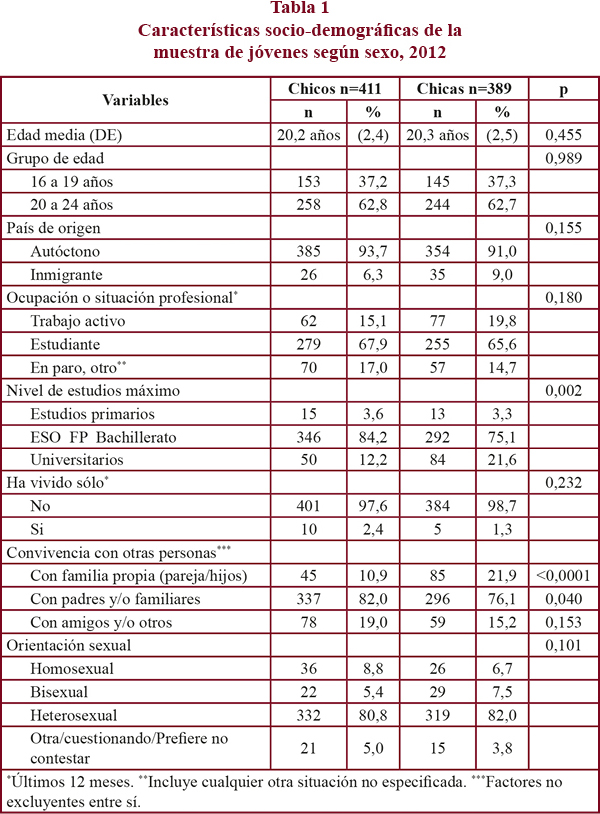BACKGROUND:
OBJECTIVE:
METHODS:
RESULTS:
CONCLUSIONS:
Full article (in Spanish) at: http://goo.gl/ViSVeh
By: Cinta Folch (1,2), Jose Luis Álvarez (3), Jordi Casabona (1,2), Maria Brotons (4), Xavier Castellsagué (2,4) y Grupo Jóvenes e Internet**
(1) Centre d'Estudis Epidemiològics sobre les Infeccions de Transmissió Sexual i Sida de Catalunya (CEEISCAT), Agència Salut Pública de Catalunya (ASPC), Generalitat de Catalunya, Badalona, España;
(2) CIBER Epidemiología y Salud Pública (CIBERESP), España;
(3) Máster de Salud Pública - Universidad Pompeu Fabra/Universidad Autónoma de Barcelona.
(4) Unidad de Infecciones y Cáncer (UNIC). Programa de Investigación en Epidemiología del Cáncer (PREC). Institut Català d'Oncologia (ICO)-IDIBELL. Barcelona. España.
(2) CIBER Epidemiología y Salud Pública (CIBERESP), España;
(3) Máster de Salud Pública - Universidad Pompeu Fabra/Universidad Autónoma de Barcelona.
(4) Unidad de Infecciones y Cáncer (UNIC). Programa de Investigación en Epidemiología del Cáncer (PREC). Institut Català d'Oncologia (ICO)-IDIBELL. Barcelona. España.
** Grupo Jóvenes e Internet: F Xavier Bosch, Silvia de Sanjosé, Laia Bruni, Carmen Cabezas, Luis Urbiztondo, Cristina Agustí y Rossie Lugo (Miembros del Grupo de evaluación del impacto de la vacuna frente al virus del papiloma humano en Cataluña); Laia Ferrer, Alexandra Montoliu, Anna Esteve, Eva Loureiro (CEEISCAT) y Francisco Lupiáñez (Internet Interdiciplinary Institute de la UOC).
More at: https://twitter.com/hiv_insight



No comments:
Post a Comment